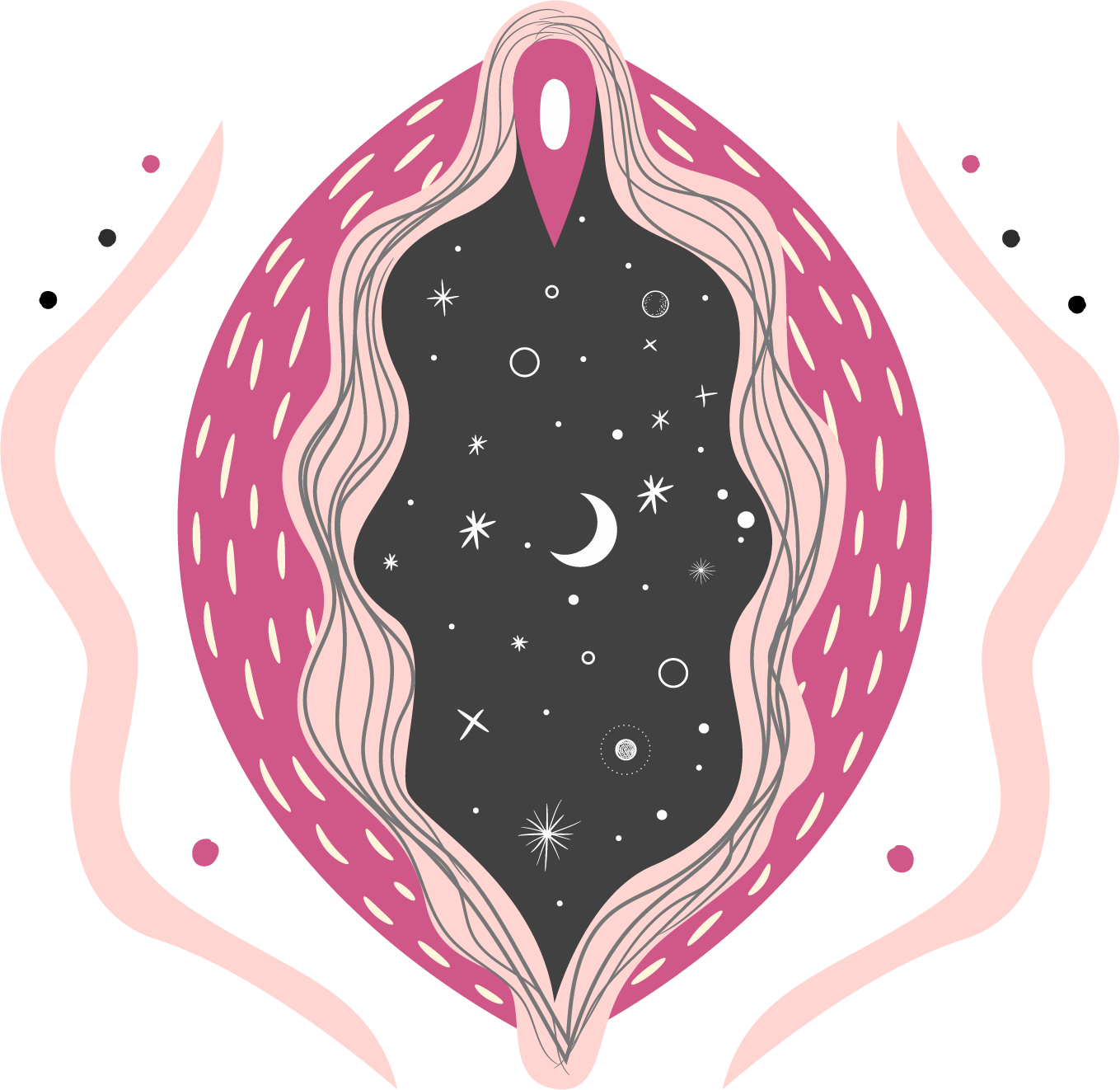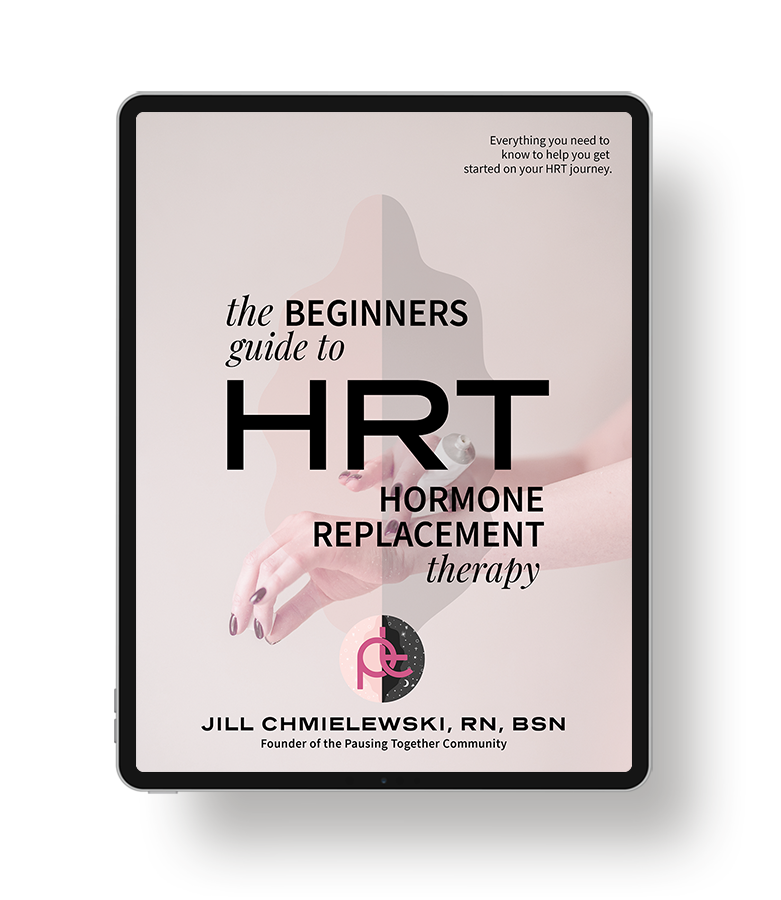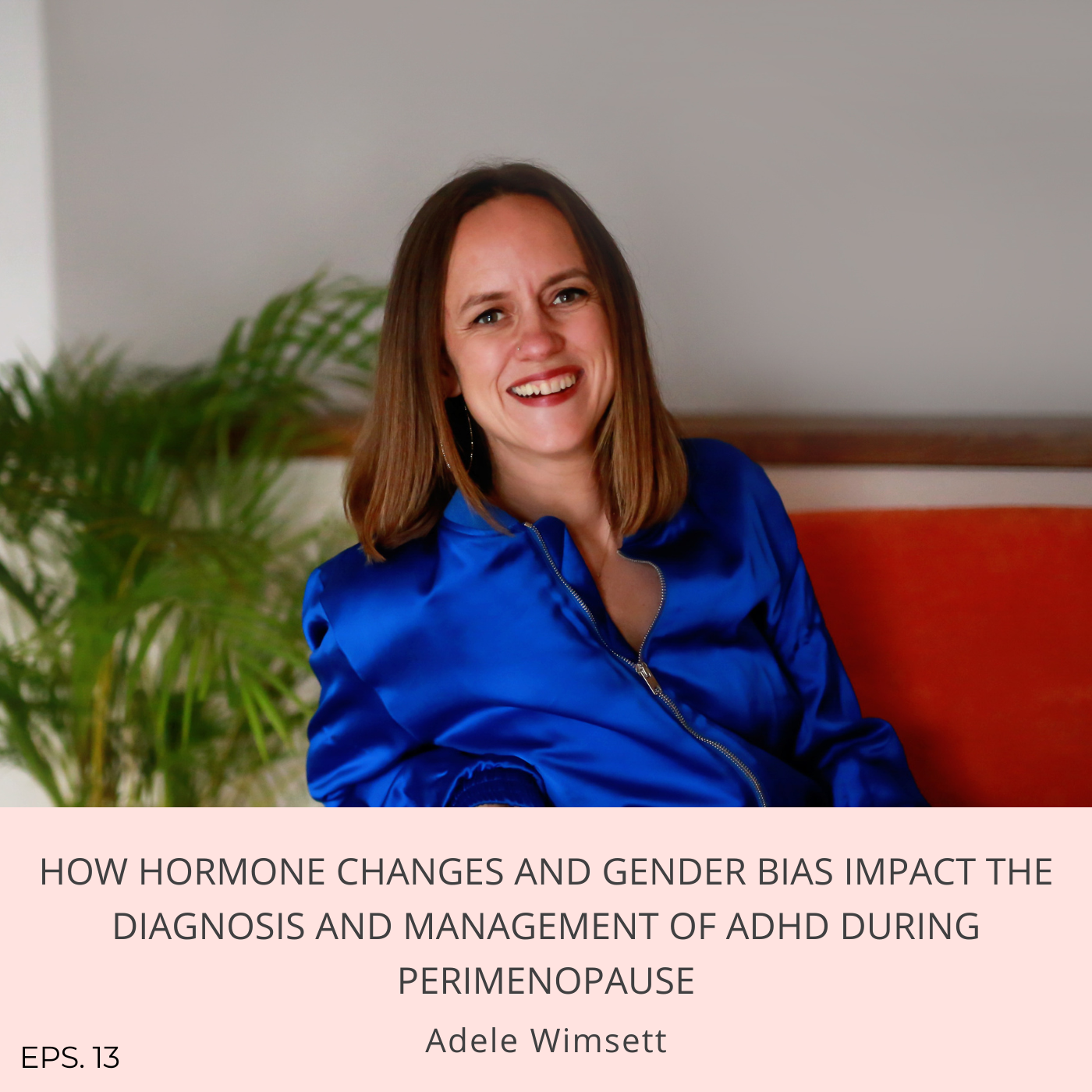80% of women will experience hot flashes, flushing, and night sweats as they transition through the menopausal years. The medical community refers to these symptoms as vasomotor symptoms or VMS. The hypothalamus triggers hot flashes and night sweats in the brain to release heat built up in the body in response to a surge of adrenaline, one of our stress hormones. While the sudden drop in estrogen is thought to be the primary trigger of the cascade that causes a hot flash, high cortisol, low cortisol, low progesterone, or low serotonin can also be drivers for hot flashes.
On average, hot flashes and night sweats last 7.4 years and can begin five years before the onset of menopause. Recent research suggests that the severity of hot flashes and night sweats (rather than frequency) is associated with an increased risk of cardiovascular disease. Vasomotor symptoms are life-disrupting, sleep-disrupting, and embarrassing. They are unpredictable and can occur at any time of the day or night. And they have a significant impact on our quality of life.

What can we do to reduce hot flashes and night sweats?
Nutrition and lifestyle
- Reduce/avoid alcohol (especially red wine) which can, in some women, exacerbate symptoms
- Reduce/avoid caffeine which can, in some women, exacerbate symptoms
- Increase whole foods and reduce processed foods
- Incorporate more phytoestrogens into your diet – foods that contain plant estrogens. These agents are similar in structure to our endogenous (internally made) estrogen, which means they can bind to estrogen receptors and help reduce erratic fluctuations in estrogen
- Consider ground flaxseeds (2 TBSP) into your daily routine for added fiber and phytoestrogen benefits.
- Consider whole, organic (non-GMO) soy foods like miso, tempeh, tofu, soy milk, and edamame (young soybeans in the pod). Much of the soy in the U.S. is genetically modified and heavily processed; it’s best to avoid soy protein isolate and concentrate, genetically engineered soy foods and soy junk foods like soy cheese, soy ice cream, soy oil, and soy burgers.
- Incorporate exercise into your daily routine, especially resistance training and high-intensity interval training (HIIT).
- In one study, resistance training performed three times per week decreased the frequency of moderate and severe hot flashes.
Supplements and herbs
- Maca root is a cruciferous vegetable that may increase estrogen and modulate all of your hormones.
- Estrovera contains rhubarb, which has been shown to reduce hot flashes.
- Bee pollen extract tends to help more with hot flashes present with sleep disturbances.
- Sage (Salvia officinalis) may reduce hot flashes, sleep disturbances, and night sweats
- Hypericum perforatum (St. John’s Wort) 270-330 mg three times per day has been shown to improve both hot flashes and depression scores in menopausal women. **Warning: Women on antidepressants should always consult with their physician before taking St. John’s Wort.
- Black cohosh (40-80 mg per day), when combined with St. John’s Wort (300 mg three times per day), has been shown to improve some low estrogen symptoms, including hot flashes. (Older studies suggest that black cohosh may have an estrogenic effect on the body, but newer research suggests that it may act on serotonin receptors instead, which can be helpful for hot flashes and mood improvement).
- Valerian (530 mg capsules twice per day) has been shown to reduce the severity and frequency of hot flashes in some women.
Medications
- Gabapentin is an FDA-approved prescription medication for neurological conditions but has also been shown to help relieve hot flashes and night sweats (estrogen replacement is more effective in reducing hot flash frequency than gabapentin).
- SSRIs or selective serotonin reuptake inhibitors, commonly used to treat depression, have been shown to reduce vasomotor symptoms. As of today, Paroxetine is the only FDA-approved nonhormonal SSRI for reducing VMS, but other SSRIs have been used “off-label” with some success as well.
Hormone replacement therapy
- Estrogen replacement therapy remains the most effective treatment for relieving vasomotor symptoms. Most women can expect to experience a reduction in hot flash frequency and intensity within 6-8 weeks after initiating HRT.
- Estriol alone may reduce hot flashes in some women.
Warning: As always, be sure to check with your physician or licensed health care practitioner before trying any new supplements.
Final thoughts
Considering the fact that most of us are going to spend ½ to ⅓ of our life in menopause, it’s critical that we get educated about this next chapter in life. The Mastering Menopause bundle takes the confusion out of the transition from peri to menopause and helps you understand what to expect during this next chapter of life.
To learn more, click here.
References
Zhu, Dongshan et al. “Vasomotor menopausal symptoms and risk of cardiovascular disease: a pooled analysis of six prospective studies.” American journal of obstetrics and gynecology vol. 223,6 (2020): 898.e1-898.e16. doi:10.1016/j.ajog.2020.06.039
Franco, Oscar H., et al. “Use of Plant-Based Therapies and Menopausal Symptoms.” Jama, vol. 315, no. 23, 2016, p. 2554.,doi:10.1001/jama.2016.8012
Berin, Emilia et al. “Resistance training for hot flushes in postmenopausal women: A randomized controlled trial.” Maturitas vol. 126 (2019): 55-60. doi:10.1016/j.maturitas.2019.05.005
Kim, Tae-Hun et al. “Acupuncture in sham device controlled trials may not be as effective as acupuncture in the real world: a preliminary network meta-analysis of studies of acupuncture for hot flashes in menopausal women.” Acupuncture in medicine : journal of the British Medical Acupuncture Society vol. 38,1 (2020): 37-44. doi:10.1136/acupmed-2018-011671
Befus, Deanna et al. “Management of Menopause Symptoms with Acupuncture: An Umbrella Systematic Review and Meta-Analysis.” Journal of alternative and complementary medicine (New York, N.Y.) vol. 24,4 (2018): 314-323. doi:10.1089/acm.2016.0408
De Franciscis, Pasquale et al. “Non-hormonal Treatments For Menopausal Symptoms and Sleep Disturbances: A Comparison Between Purified Pollen Extracts and Soy Isoflavones.” Current pharmaceutical design vol. 26,35 (2020): 4509-4514. doi:10.2174/1381612826666200721002022
Zeidabadi, Afsaneh et al. “The effect of Salvia officinalis extract on symptoms of flushing, night sweat, sleep disorders, and score of forgetfulness in postmenopausal women.” Journal of family medicine and primary care vol. 9,2 1086-1092. 28 Feb. 2020, doi:10.4103/jfmpc.jfmpc_913_19
Dadfar, Fereshteh, and Kourosh Bamdad. “The effect of Saliva officinalis extract on the menopausal symptoms in postmenopausal women: An RCT.” International journal of reproductive biomedicine vol. 17,4 287–292. 28 May. 2019, doi:10.18502/ijrm.v17i4.4555
Eatemadnia, Alieh et al. “The effect of Hypericum perforatum on postmenopausal symptoms and depression: A randomized controlled trial.” Complementary therapies in medicine vol. 45 (2019): 109-113. doi:10.1016/j.ctim.2019.05.028
Uebelhack, Ralf, et al. “Black Cohosh and St. John’s Wort for Climacteric Complaints.” Obstetrics & Gynecology, vol. 107, no. 2, Part 1, 2006, pp. 247–255., doi:10.1097/01.aog.0000196504.49378.83
Chung, Da-Jung, et al. “Black Cohosh and St. John’s Wort (GYNO-Plus®) for Climacteric Symptoms.” Yonsei Medical Journal, vol. 48, no. 2, 2007, p. 289., doi:10.3349/ymj.2007.48.2.289
Jenabi, Ensiyeh et al. “The effect of Valerian on the severity and frequency of hot flashes: A triple-blind randomized clinical trial.” Women & health vol. 58,3 (2018): 297-304. doi:10.1080/03630242.2017.1296058
Shan, Dan et al. “Efficacy and safety of gabapentin and pregabalin in patients with vasomotor symptoms: a systematic review and meta-analysis.” American journal of obstetrics and gynecology vol. 222,6 (2020): 564-579.e12. doi:10.1016/j.ajog.2019.12.011
Carroll, Dana G et al. “Critical appraisal of paroxetine for the treatment of vasomotor symptoms.” International journal of women’s health vol. 7 615-24. 18 Jun. 2015, doi:10.2147/IJWH.S50804





